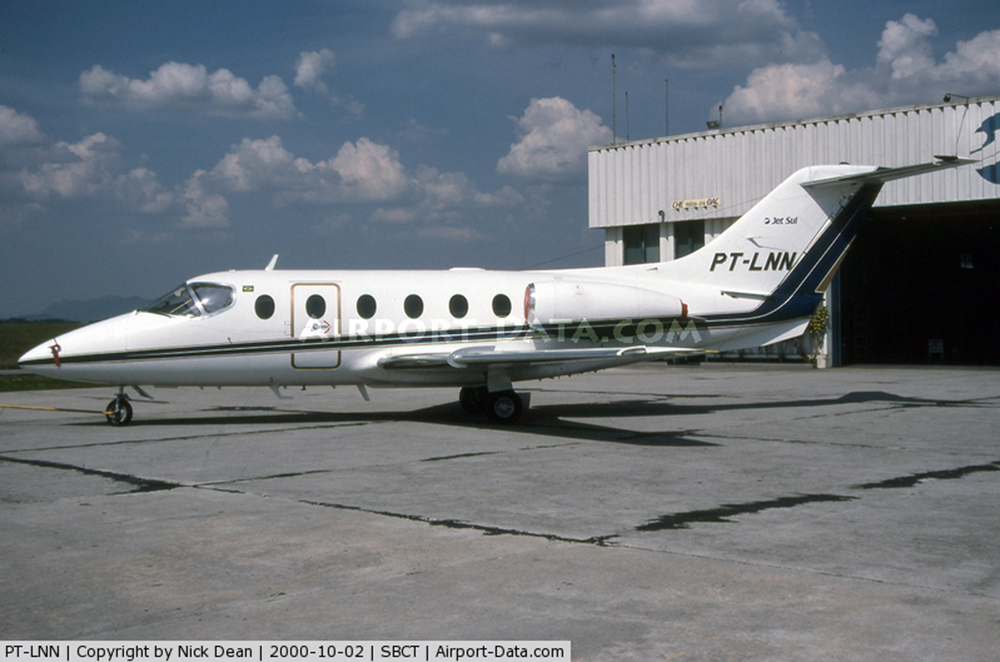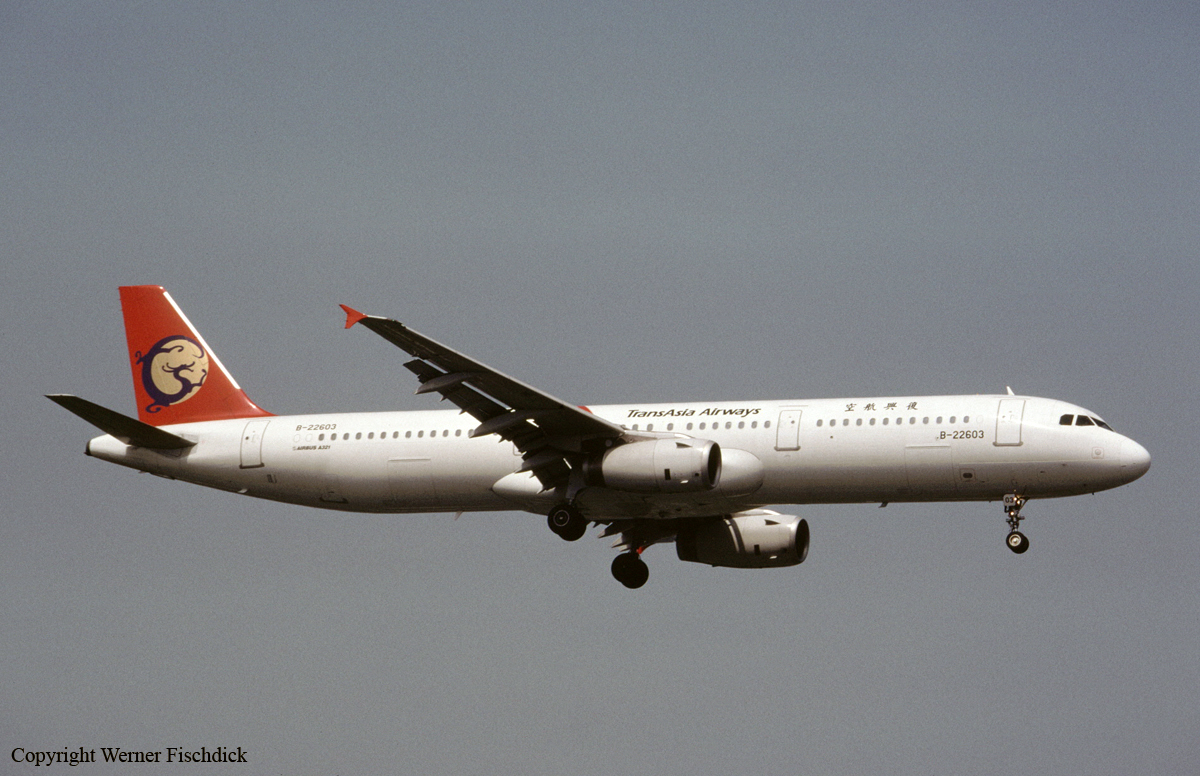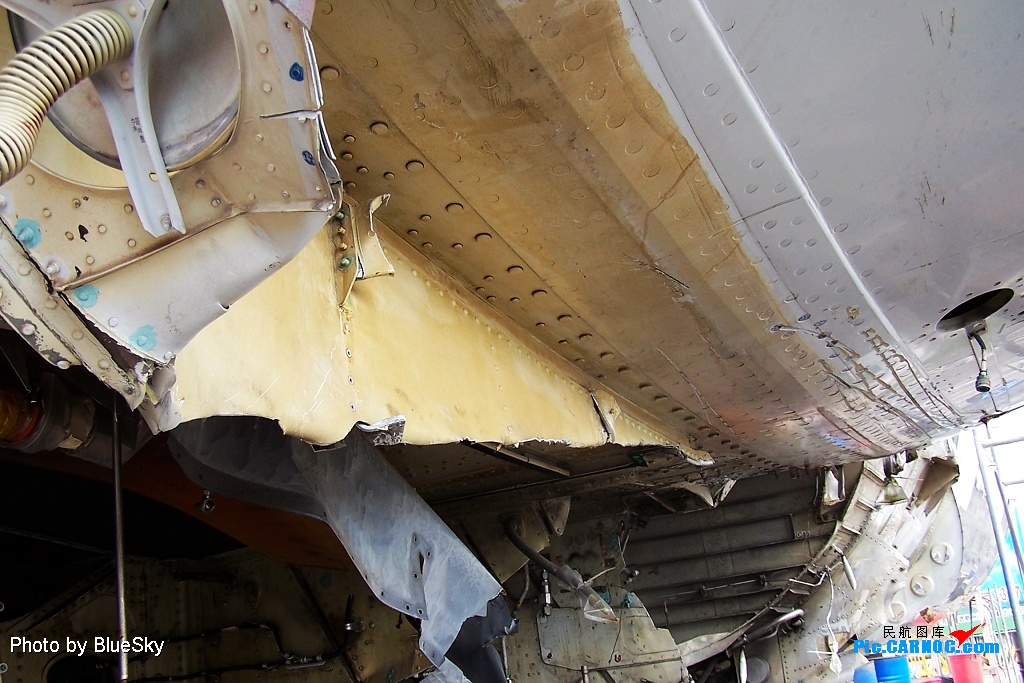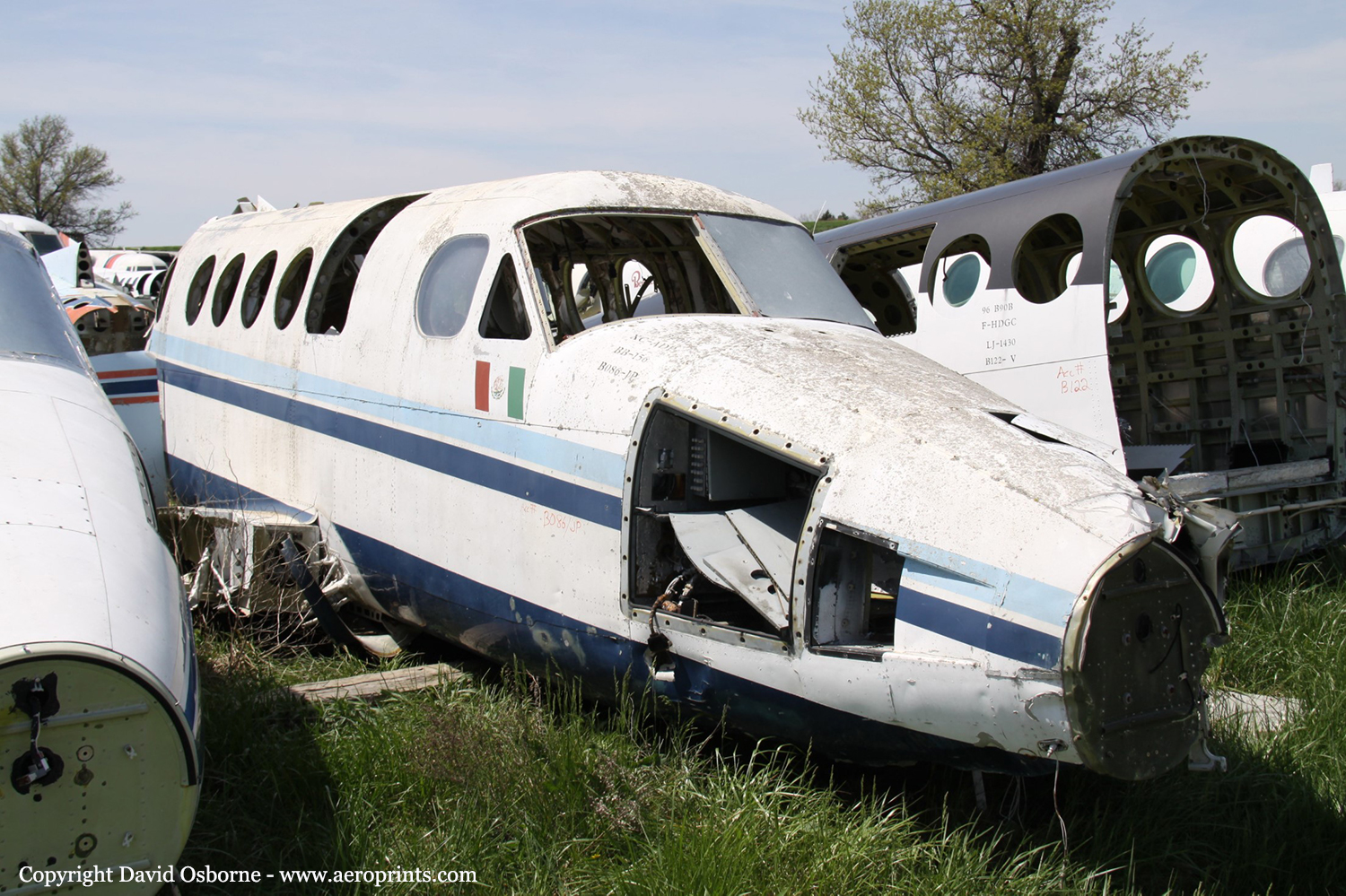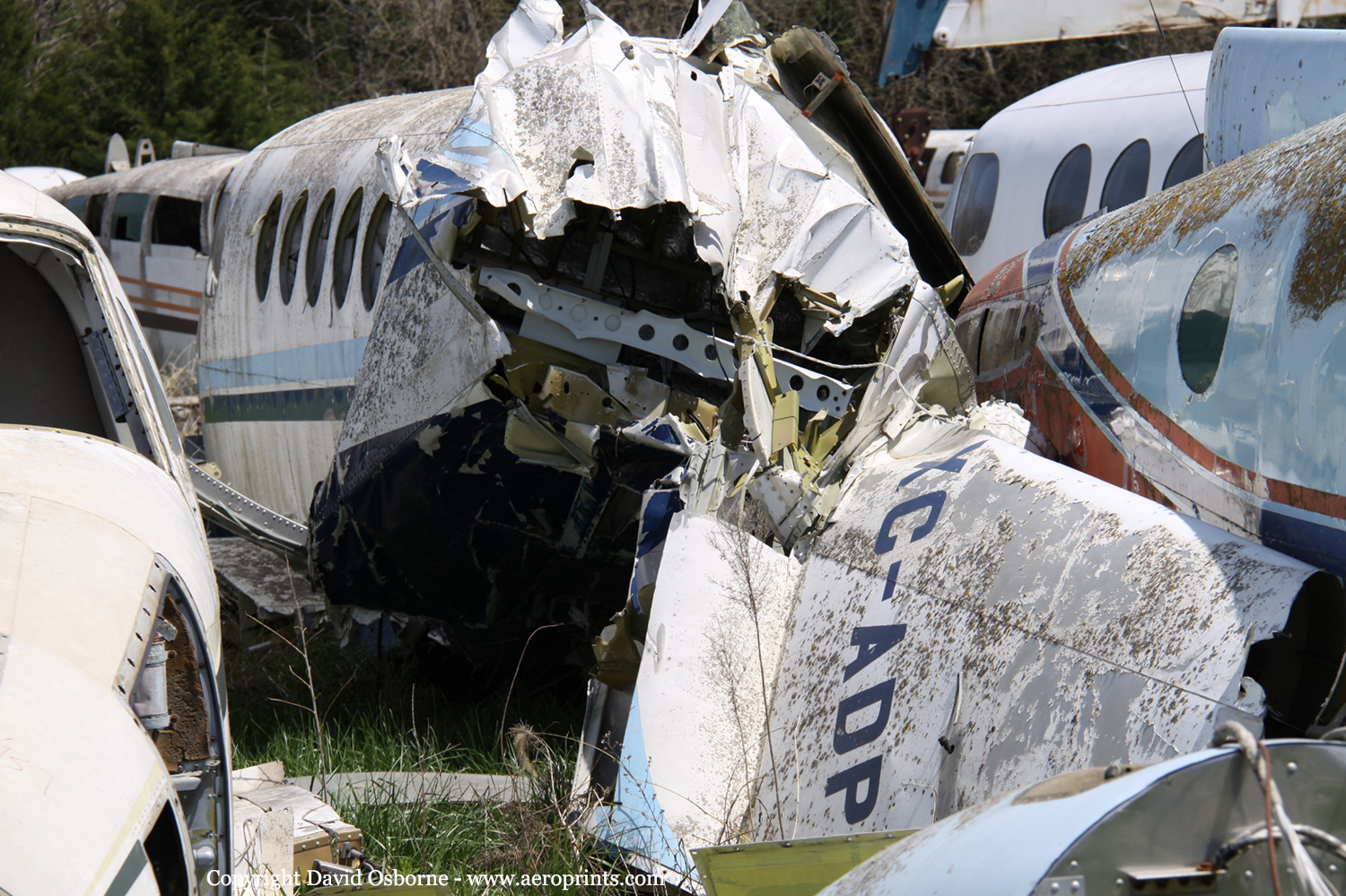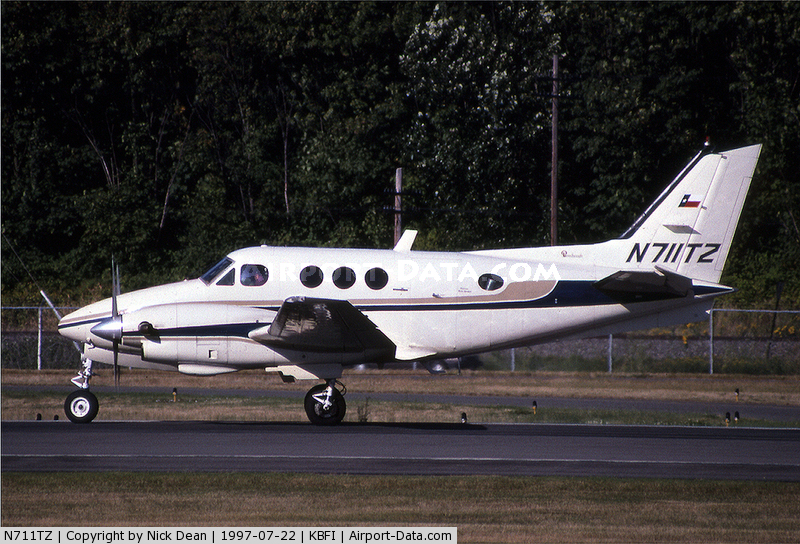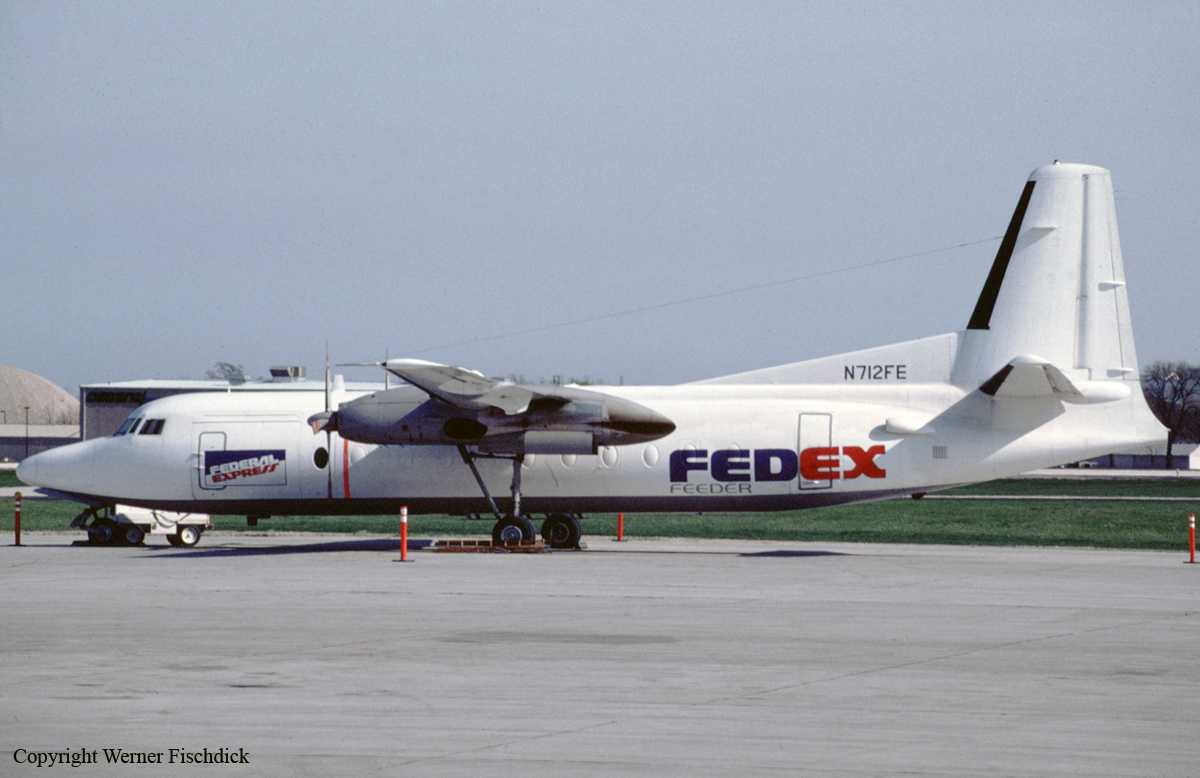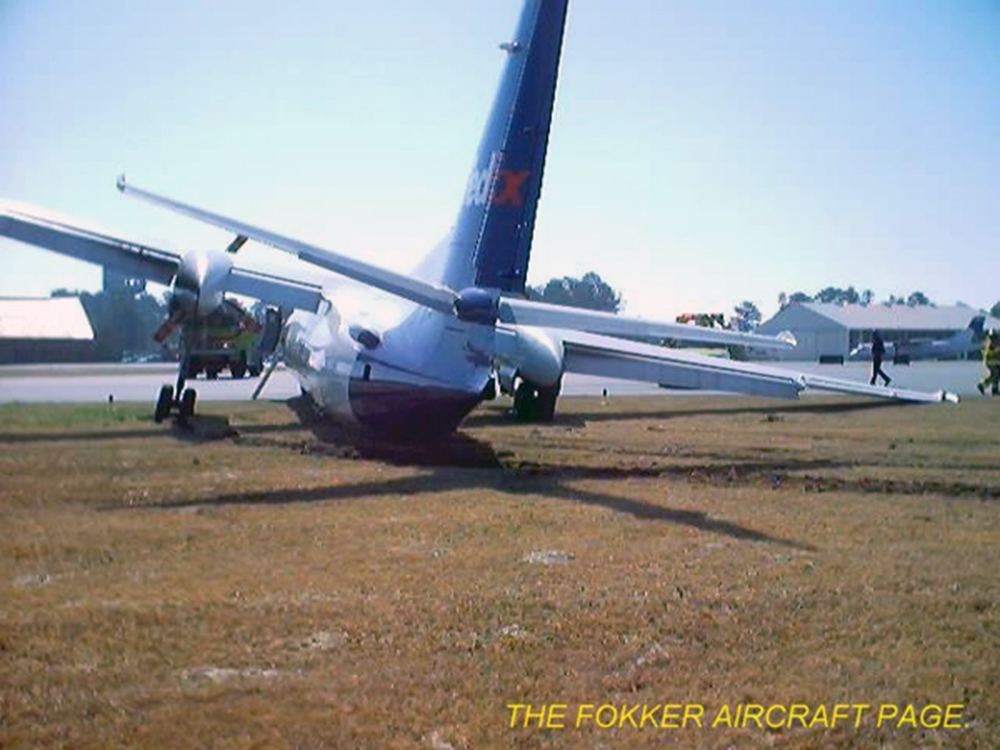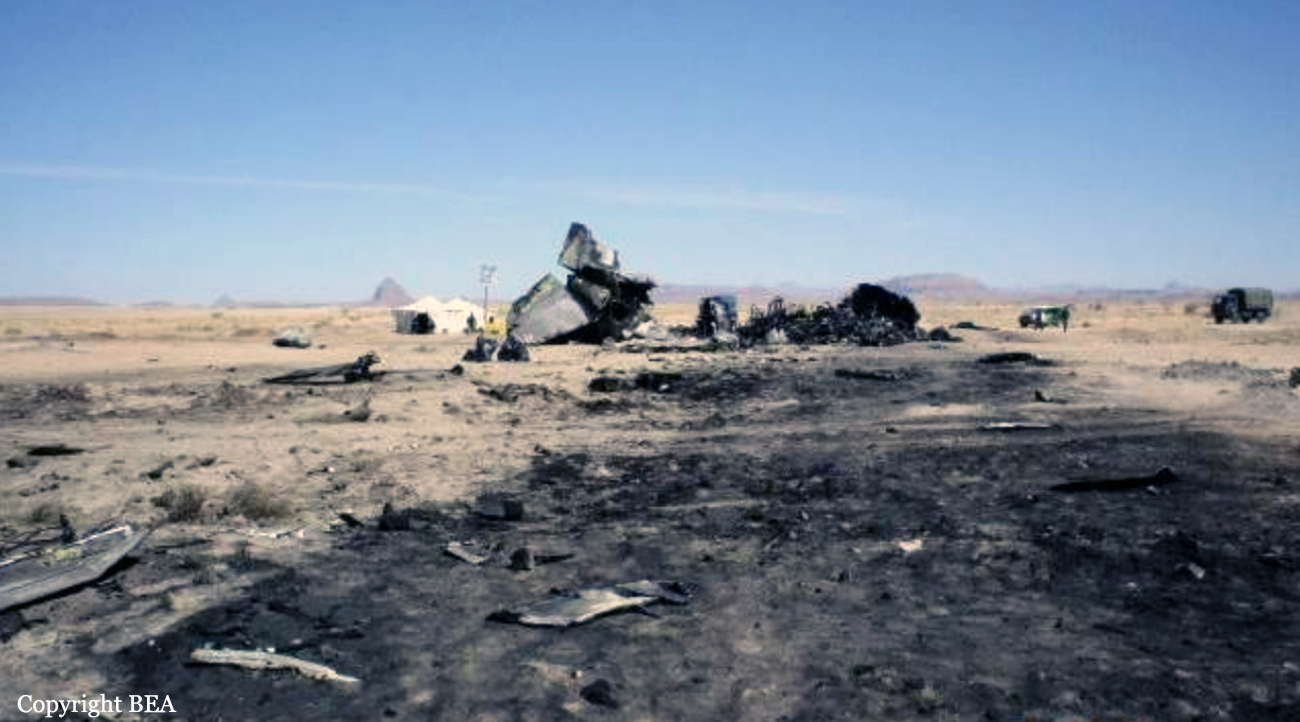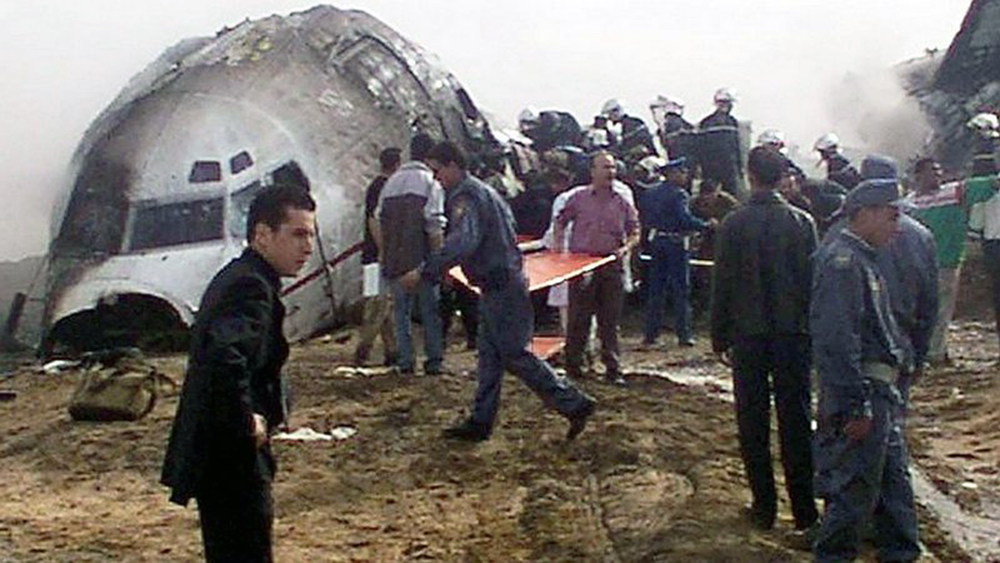Crash of a Mitsubishi MU-300 Diamond 1A in Santos
Date & Time:
Mar 23, 2003 at 1025 LT
Registration:
PT-LNN
Survivors:
Yes
Schedule:
Rio de Janeiro – Santos
MSN:
0048
YOM:
1982
Crew on board:
2
Crew fatalities:
Pax on board:
1
Pax fatalities:
Other fatalities:
Total fatalities:
0
Captain / Total hours on type:
35.00
Copilot / Total hours on type:
19
Circumstances:
The aircraft departed Rio de Janeiro-Santos Dumont Airport on a flight to Santos, carrying one passenger and two pilots. Following an approach via the local NDB, the crew started the descent to Santos Airport but was forced to initiate a go-around procedure because he was not properly aligned. A second attempt to land was started to runway 35 with a tailwind component. Following an unstabilized approach, the aircraft landed 450 metres past the runway threshold (runway 35 is 1,390 metres long). Unable to stop within the remaining distance, the aircraft overran and came to rest in the Bertioga Canal. All three occupants evacuated safely while the aircraft was damaged beyond repair.
Probable cause:
Wrong approach configuration on part of the crew who continued the descent while the aircraft was unstable and moreover with a tailwind component. The aircraft landed at an excessive speed about 450 metres past the runway threshold, reducing the landing distance available. The tailwind component and the crew inexperience was contributing factors.
Final Report:
